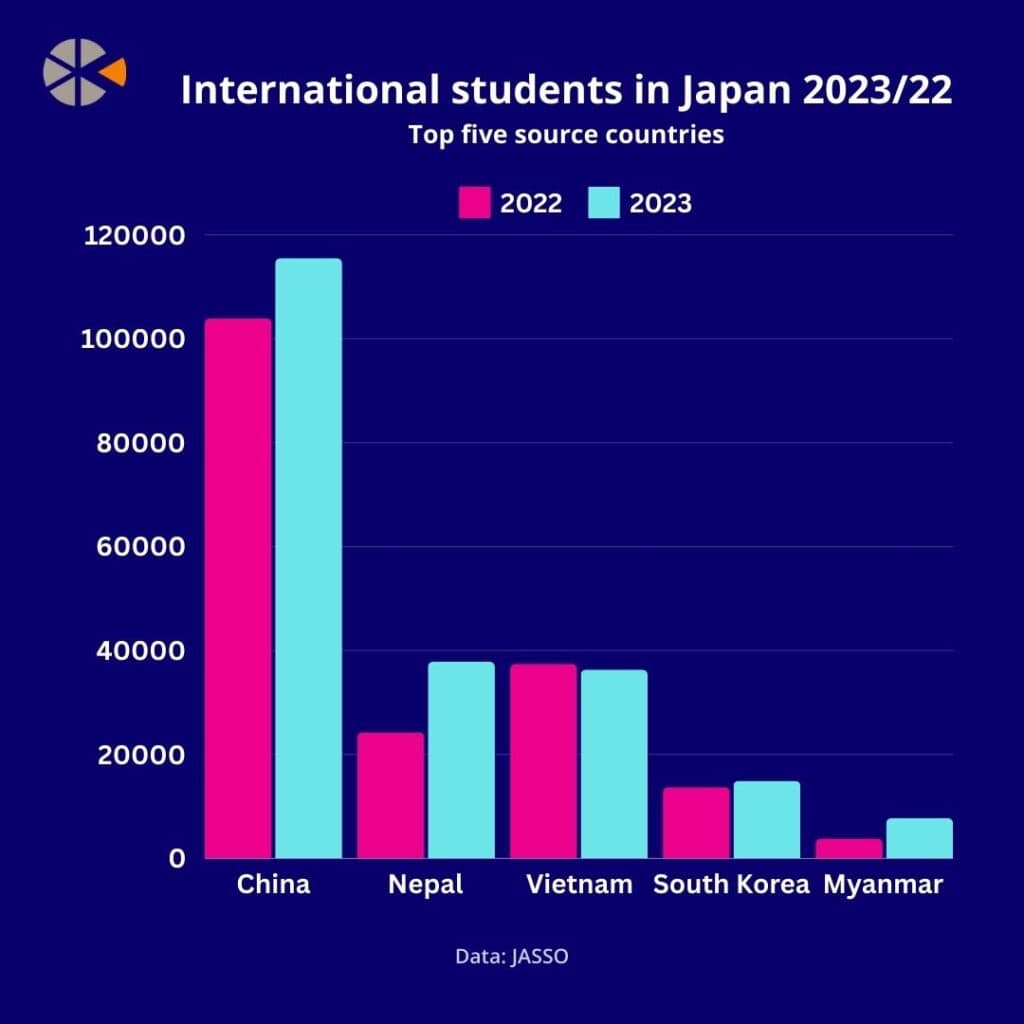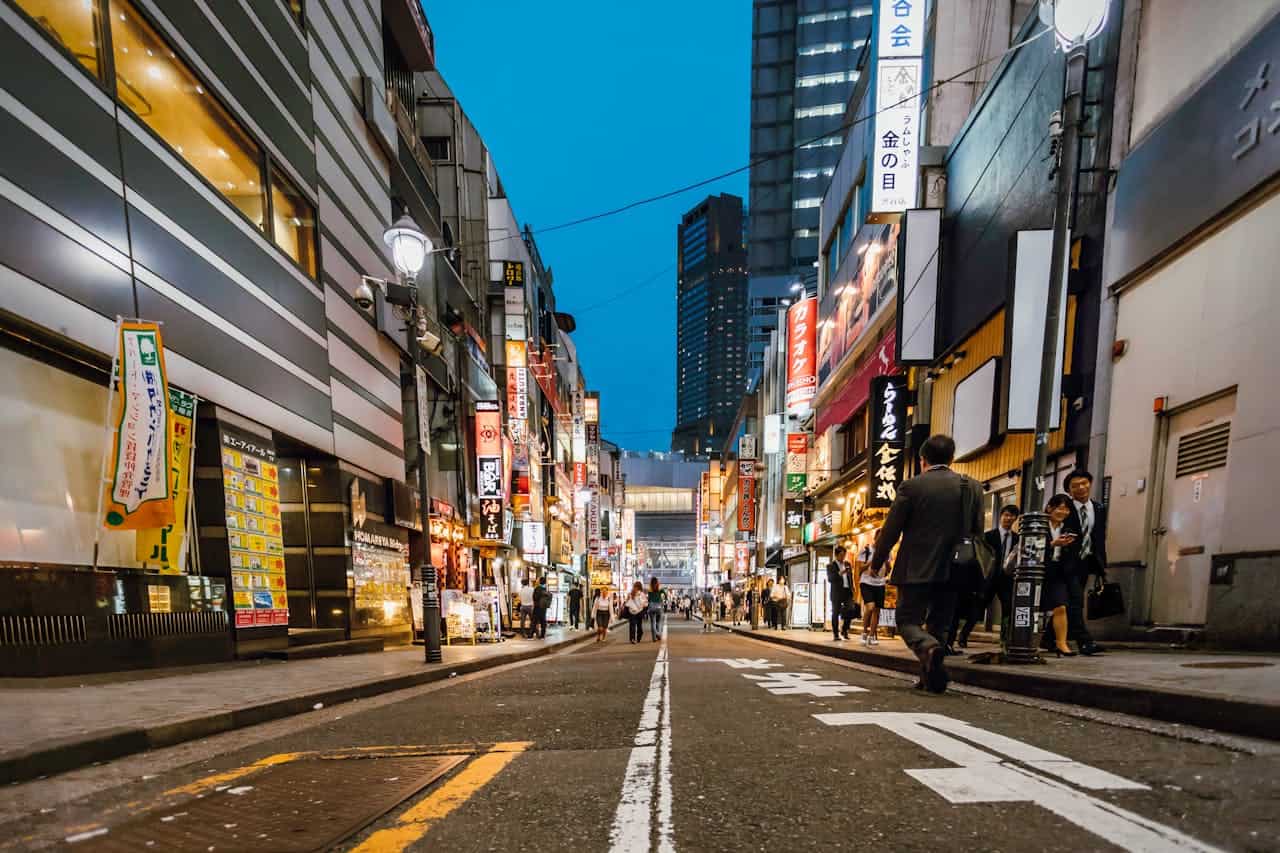The annual report, released in May 2024 by the Japan Student Services Organisation, recorded the first increase in international students in the four years since Japan lifted its stringent Covid restrictions.
“The government’s efforts to restore the number of international students, which declined significantly due to the influence of Covid-19, are showing steady results,” Kuniko Takeda, deputy director of international affairs at Japan’s ministry of education, told The PIE News.
“At the same time … we see room for further activation of international student exchange and would like to strengthen our efforts.”
The data indicates the early success of Japan’s ambitious internationalisation strategy, under which prime minister Kishida committed to a target of welcoming 400,000 international students to Japan by 2023.
Japan’s attractive academic research environment, its reputation as a safe and affordable country, its unique culture and the network of former international students returning to their home countries were identified by Takeda as factors driving the recent growth.
The report recorded approximately 280,000 overseas students in Japan as of May 1, 2023, driven by a record number of students enroled in Japanese language institutions, up 83% on the previous year.
The number of international students at Japanese language education institutions in 2023 reached a record high since 2011
Kuniko Takeda, Ministry of Education
The surge in language students is expected to signal longer-term growth of the wider international student population as many students will enter higher education after graduating from Japanese language courses, said Takeda.
Days before Japan’s inbound student figures were released, it was revealed that the number of Japanese students studying abroad had doubled from 2022 – 2023, recovering to 83% of pre-covid levels.
In April 2023, prime minister Fumio Kishida announced Japan’s new internationalisation plan, declaring that study abroad was “the key to transforming society”.
Taken together, the reports indicate the early success of Kishida’s double pronged internationalisation strategy which aims to simultaneously boost inbound and outbound student mobility.
Japan met its previous goal of 300,000 international students ahead of schedule in 2018 but numbers were slow to recover since Japan kept its borders closed for one of the longest periods of any countries during the pandemic.
In 2022, there were 231,150 international students in Japan – the country’s lowest enrolment since 2015, according to JASSO, the semi-autonomous agency for inbound internationalisation.


The 2023 data revealed all five largest source markets were from Asian countries, in line with the findings of INTO’s global agent survey, which showed the growing importance of cultural and geographic proximity in shaping study abroad decisions in Asia.
Furthermore, the relative affordability of Japanese higher education makes it an attractive study destination for students from less developed countries such as Nepal and Myanmar.
Even after a recent increase in international student fees, tuition stands at ¥640,000 ($4,200) a year, making Japan much more accessible than the major study destinations of the US, UK, Canada and Australia.
However, to reach its target of 400,000 international students by 2033, Japan must diversify its international student population and reduce its reliance on Chinese students, experts warn.
“Many international students in Japan are from China and are competent enough in Japanese to take their courses in the local language,” cofounder of Education Rethink Anna Esaki-Smith told The PIE.
“If Japan wants to diversify and increase its international student population, the country’s universities must offer more courses in English.”
In February 2024, the University of Tokyo announced its new five-year combined bachelors and masters degree would be comprised of 50% international students, with courses taught in both Japanese and English.
However, there is debate about the value of English-taught internationalisation models, with experts warning it creates barriers to integration and raises questions about the quality and standard of English language teaching.
Waseda University in Tokyo hosted 5,560 international students in 2023, the largest of any institution, followed by UTokyo, Ritsumeikan University, Kyoto University and Osaka University, according to the report.

